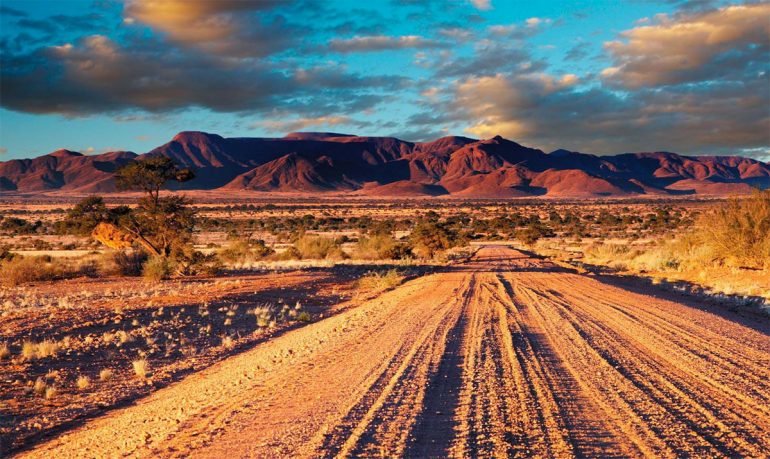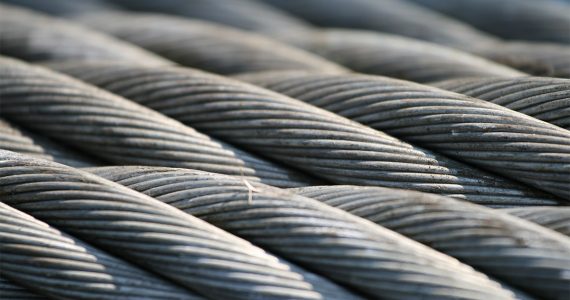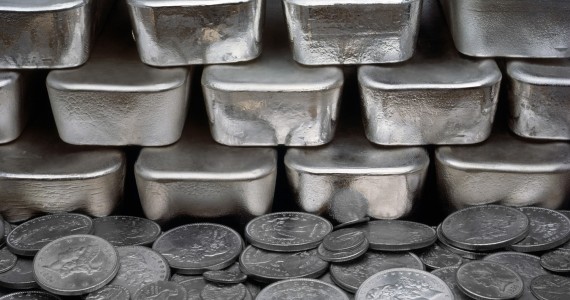Namibia is set to become the third largest producer of uranium in the world, thanks to the massive Husab mine, which will finally begin production next month.
Namibian Finance Minister Calle Schlettwein shows in his latest statistics that uranium production is expected to triple if compared to the volume that was produced back in 2015. According to Schlettwein, “We are of the opinion that, in spite of weak commodity prices and relatively slow growth in external demand, the coming into operation of large-scale mining projects will support decent levels of economic growth. Namibia’s output of uranium in 2017, for example, is projected to be more than three times the volume produced in 2015, thanks in large part to the Husab uranium mine.”
In 2015, uranium output from Namibia was at 3,713 tons. With this output, Namibia is currently only the sixth biggest producer of uranium in the world. That means it sits in the top ranks together with Kazakhstan, Canada, Australia, and Niger.
Once the Husab mine opens, this will triple the amount of uranium that is currently being produced by the country. Namibia’s central bank estimates that uranium production will increase by 63% this year, followed by another 90% increase in 2017. The expected output for 2017 will now be around 11,100 metric tons, and when this happens, Namibia will become the third largest producer in the world, overtaking Australia.
The Husab Mine
The Husab mine is a world-class uranium mine that is located in west-central Namibia. Specifically, it is in the Erongo region, near a town called Swakopmund. The Husab mine is being developed by Swakop Uranium.
Swakop Uranium used to be a 100% subsidiary of Extract Resources, which is a company from Australia. In April 2012, Hong Kong’s Taurus Minerals Limited took over Extract Resources, becoming the new owners. The owners of Taurus are China General Nuclear Power Corporation (CGNPC) Uranium Resoures Co. Ltd. and the China-Africa Development Fund.
Since it was established in 2006, the goal of Swakop Uranium has been “to explore, evaluate, develop and produce uranium oxide (U3O8) as a source of fuel conversion for low-cost, environmentally-friendly, nuclear power.” Through the years, it has worked “to deliver to its shareholders and the Namibian nation one of the largest and most efficient uranium mines in the world”.
The journey has been a long and arduous one since then, spanning over 10 years. Still, it can be said that the investment of CGNPC in Swakop Uranium is truly groundbreaking and massive. To jumpstart the project and bring it to construction phase, more than $100 million was invested. More than that, in order to get things moving and bring the Husab Project to fruition, another $2 billion is needed.
Swakop Uranium CEO has recently confirmed that production will begin in late October of this year. Once the Husab mine becomes fully operational, this mine will move about 15 million tons of ore annually, with a nameplate capacity of 50 tons per annum.
The Husab mine is truly a large investment for the company, and now that it’s finally beginning production, the gains will soon follow. Still, this is still the single biggest investment in Namibia since the country gained independence. Aside from that, it is also the biggest investment of any Chinese company in Africa.
Mining in Namibia
In Namibia, uranium mineralization was first discovered in 1928, in the Namib Dessert. It was in the Rössing Mountains that uranium was discovered by Capt. G. Peter Louw, but it was only in the 1960s that Rio Tinto obtained exploration rights. 1976 was when production first began.
Today, the Rössing mine is still the longest running one in Namibia. Geological formations that are similar to the ones in Rössing were found in the Husab area as early as 2006-2007, and this was how Swakop Uranium pinpointed it as a possible source of uranium.
With the Husab mine finally opening next month, Namibia’s mining sector will definitely boom. In fact, it’s not just uranium mining that can be expected to rise. Figures from the Bank of Namibia show that gold production has risen significantly over the period of 2014-2015. Schlettwein has also mentioned that gold output is expected to triple in 2016 (versus the level of output in 2014). This is because of the B2Gold mine in Otjikoto, which is bound to reach full production.
All of these developments are good for Namibia’s economy overall. Schlettwein underscores, “This considerable improvement in growth in the mining sector is expected to be accompanied by an eventual recovery in agriculture from the low base created by drought, and a relatively mild slowing in growth in major service sectors such as retail and financial intermediation. Furthermore, tourism and export-oriented industries are expected to benefit considerably in 2016 from the recent depreciation of the Namibia dollar,” said Schlettwein.








